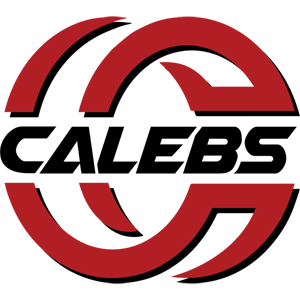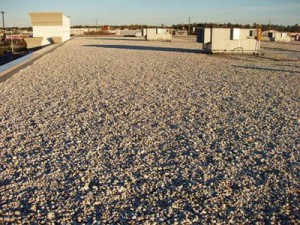Built-up roof (BUR) – “Tar and Gravel” Roofing
Built-up roof (BUR) systems or “tar & gravel” as more commonly known in layman’s terms is a multiple ply roof system consisting of plies of roofing ply sheets or felts installed on the rooftop with inter-ply moppings of asphalt. All the components are brought to the roof and an essentially seamless membrane is manufactured in place covering the entire roof area, thus the term “built-up roof”.
Built-up roofs come with diverse specifications, depending on application, with varying number of organic or fiberglass reinforced ply sheets and different types of asphalt. The finished surface can be pea gravel, a mineral surfaced cap sheet or a reflective aluminum coating depending on the application requirements.
Built-up roofing in some form has been the most common type of membrane roofing until recent years with the advent of the newer single ply systems. It was generally believed that the single ply systems would take over the market rendering the built-up roofing system obsolete. However, this has not happened. The redundancy and durability of the multiple plies make the built-up roof system an excellent performer in a wide range of applications.
For more information please call a commercial roofing contractor at (303) 971-0256 or Click Here to request a free quote.



